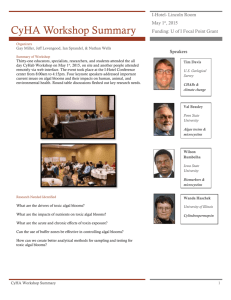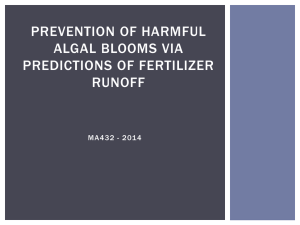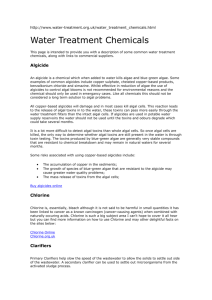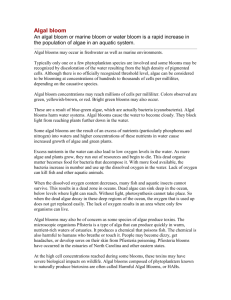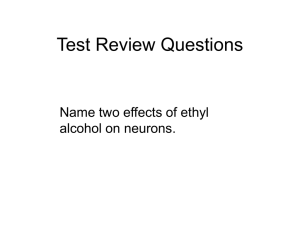The Sandusky Register EPA releases plan that will ensure safer
advertisement
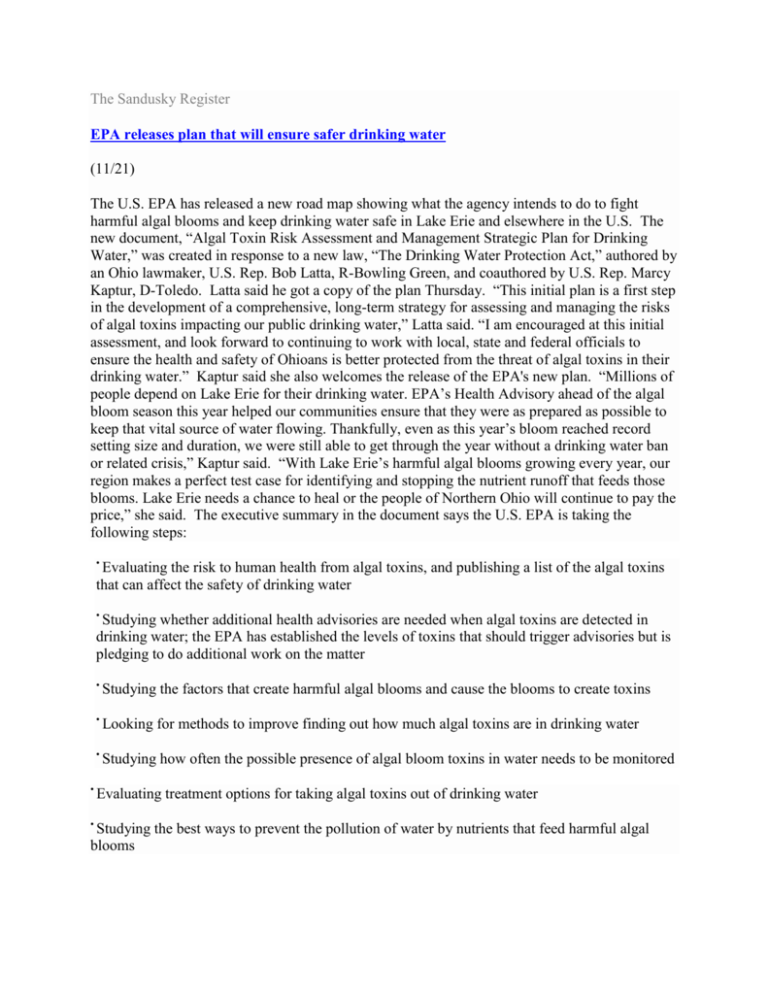
The Sandusky Register EPA releases plan that will ensure safer drinking water (11/21) The U.S. EPA has released a new road map showing what the agency intends to do to fight harmful algal blooms and keep drinking water safe in Lake Erie and elsewhere in the U.S. The new document, “Algal Toxin Risk Assessment and Management Strategic Plan for Drinking Water,” was created in response to a new law, “The Drinking Water Protection Act,” authored by an Ohio lawmaker, U.S. Rep. Bob Latta, R-Bowling Green, and coauthored by U.S. Rep. Marcy Kaptur, D-Toledo. Latta said he got a copy of the plan Thursday. “This initial plan is a first step in the development of a comprehensive, long-term strategy for assessing and managing the risks of algal toxins impacting our public drinking water,” Latta said. “I am encouraged at this initial assessment, and look forward to continuing to work with local, state and federal officials to ensure the health and safety of Ohioans is better protected from the threat of algal toxins in their drinking water.” Kaptur said she also welcomes the release of the EPA's new plan. “Millions of people depend on Lake Erie for their drinking water. EPA’s Health Advisory ahead of the algal bloom season this year helped our communities ensure that they were as prepared as possible to keep that vital source of water flowing. Thankfully, even as this year’s bloom reached record setting size and duration, we were still able to get through the year without a drinking water ban or related crisis,” Kaptur said. “With Lake Erie’s harmful algal blooms growing every year, our region makes a perfect test case for identifying and stopping the nutrient runoff that feeds those blooms. Lake Erie needs a chance to heal or the people of Northern Ohio will continue to pay the price,” she said. The executive summary in the document says the U.S. EPA is taking the following steps: • Evaluating the risk to human health from algal toxins, and publishing a list of the algal toxins that can affect the safety of drinking water • Studying whether additional health advisories are needed when algal toxins are detected in drinking water; the EPA has established the levels of toxins that should trigger advisories but is pledging to do additional work on the matter • • • Studying the factors that create harmful algal blooms and cause the blooms to create toxins • Looking for methods to improve finding out how much algal toxins are in drinking water • Studying how often the possible presence of algal bloom toxins in water needs to be monitored Evaluating treatment options for taking algal toxins out of drinking water Studying the best ways to prevent the pollution of water by nutrients that feed harmful algal blooms
